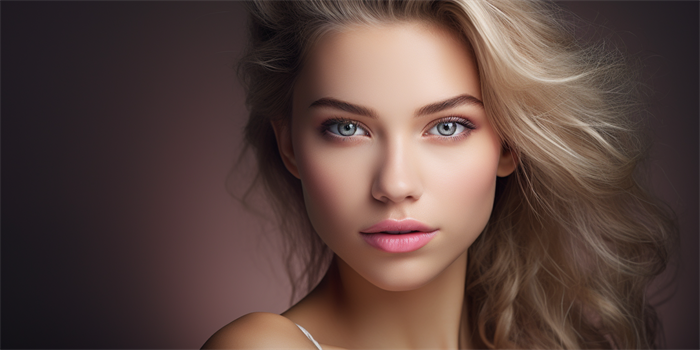Can I Eat Shrimp After Asian Rhinoplasty in Toowoomba?
Asian rhinoplasty, a specialized form of nose surgery tailored to the unique facial structures of Asian patients, is a procedure that requires careful post-operative care to ensure optimal healing and results. One common question among patients in Toowoomba is whether they can consume shrimp following their rhinoplasty surgery. This article delves into various aspects of post-operative diet considerations, focusing on the safety and implications of eating shrimp after Asian rhinoplasty.

Aspect 1: Post-Operative Diet Guidelines
Immediately after surgery, patients are typically advised to follow a soft diet to avoid any undue stress on the surgical site. This includes avoiding hard, crunchy, or spicy foods that could irritate the nasal area or cause sneezing. Shrimp, being a soft and easy-to-chew food, might seem like a suitable option. However, the decision to include shrimp in the diet post-rhinoplasty should be guided by more than just its texture.
Aspect 2: Potential Allergic Reactions
One of the primary concerns with consuming shrimp after any surgical procedure is the risk of allergic reactions. Even if a patient has previously eaten shrimp without incident, the body's immune response can sometimes change after surgery, potentially leading to an allergic reaction. Such reactions can complicate the healing process and may necessitate medical intervention. Therefore, it is crucial for patients to be aware of this risk and consult with their surgeon before introducing shrimp back into their diet.
Aspect 3: Risk of Infection
Another consideration is the potential for foodborne illnesses, which can be particularly problematic post-surgery. Shrimp, if not properly handled and cooked, can harbor bacteria such as Vibrio vulnificus, which can pose serious health risks to individuals with compromised immune systems. Given that the body's immune response is often weakened following surgery, the risk of infection from undercooked or improperly stored shrimp is a valid concern. Patients should ensure that any seafood, including shrimp, is sourced from a reputable supplier and is thoroughly cooked before consumption.
Aspect 4: Nutritional Considerations
Shrimp is rich in protein and essential nutrients, which are beneficial for healing. However, it is also high in cholesterol. While moderate consumption of shrimp can be part of a balanced diet, patients recovering from rhinoplasty should be mindful of their overall nutritional intake. Consulting with a nutritionist or dietitian can help tailor a post-operative diet that supports healing while considering individual health profiles and dietary needs.
Aspect 5: Surgeon's Advice
Ultimately, the best course of action for any patient considering eating shrimp after Asian rhinoplasty in Toowoomba is to consult with their surgeon. Surgeons can provide personalized advice based on the specifics of the surgery, the patient's overall health, and any known allergies or dietary restrictions. It is essential to follow the surgeon's recommendations to ensure a smooth and successful recovery.
FAQ
Q: How long after rhinoplasty can I start eating shrimp?
A: It is generally advisable to wait until the initial healing phase is complete, which is typically around two weeks post-surgery. However, this timeline can vary based on individual healing rates and surgeon's advice.
Q: Can shrimp interfere with the healing process?
A: While shrimp itself does not directly interfere with healing, potential allergic reactions or foodborne illnesses can complicate the recovery process. It is important to ensure shrimp is thoroughly cooked and sourced responsibly.
Q: Are there any specific nutrients I should focus on post-rhinoplasty?
A: Protein, vitamins, and minerals are particularly important for healing. Foods rich in these nutrients, including lean meats, fruits, vegetables, and whole grains, are recommended. Shrimp can be a part of this diet if consumed safely.
By considering these aspects and following professional advice, patients in Toowoomba can make informed decisions about their diet post-Asian rhinoplasty, including whether to include shrimp in their meals.






